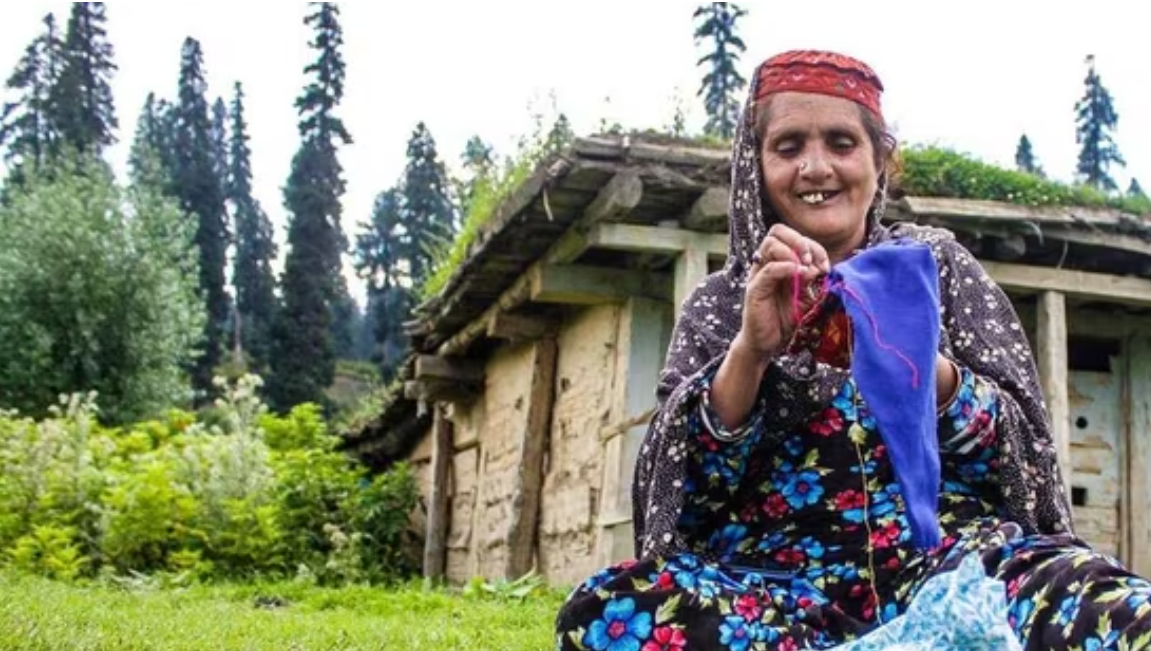tribal clothing and textiles
Material Used in TOPI CRAFT, jammu & kashmir
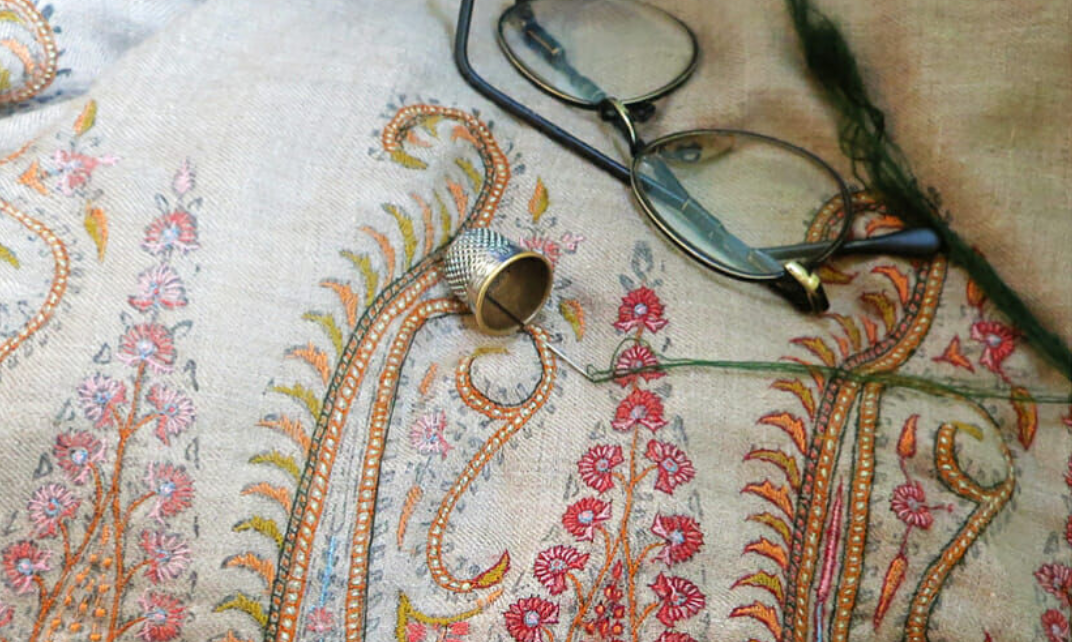
Embroidery and topi designing among Gujjars and Bakerwals are accomplished with several materials-obviously woolen threads, beads, and small mirrors. Bright-colored and high-quality threads in shades of red, blue, green, and white are generally employed to create striking designs. The beads and mirrors bring texture and a twinkle to Pahari topis, giving each cap its exclusive look. This selection is made with durability and looks in mind, so every topi looks stunning and, at the same time, fits well for the cooler climate of the region.
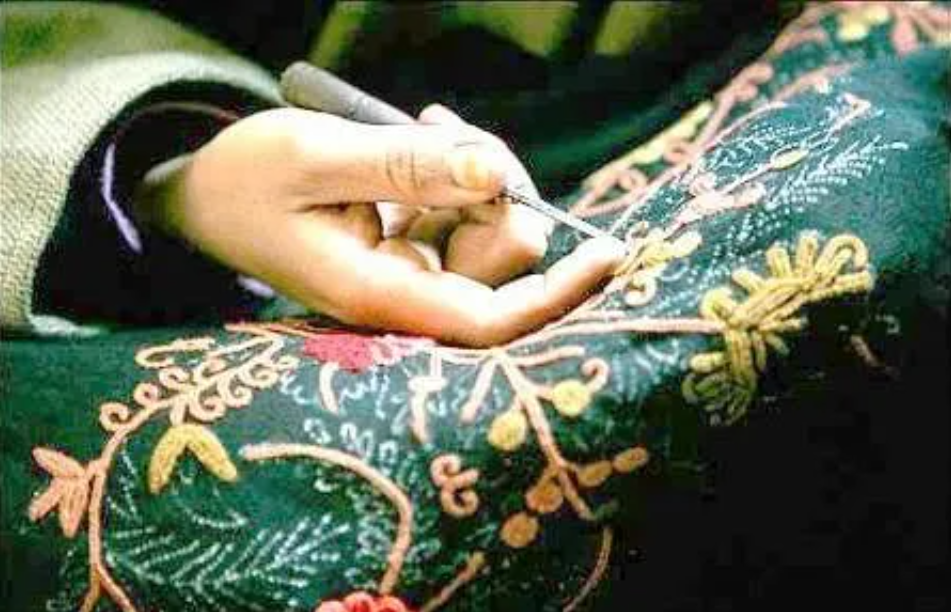
The Topi work of the Gujjar, Bakerwal tribes of Jammu & Kashmir is a powerful symbol of tribal identity and craftsmanship. Decked with bright threads, beads, and mirrors, these Topis with embroidery are a reflection of careful craftsmanship that has been passed down generations. Beyond their beauty, these patterns carry cultural significance and personal stories, the community's heritage and values. Not only is every topi an ornament but also a treasured expression of the unique culture and tradition of the tribe.
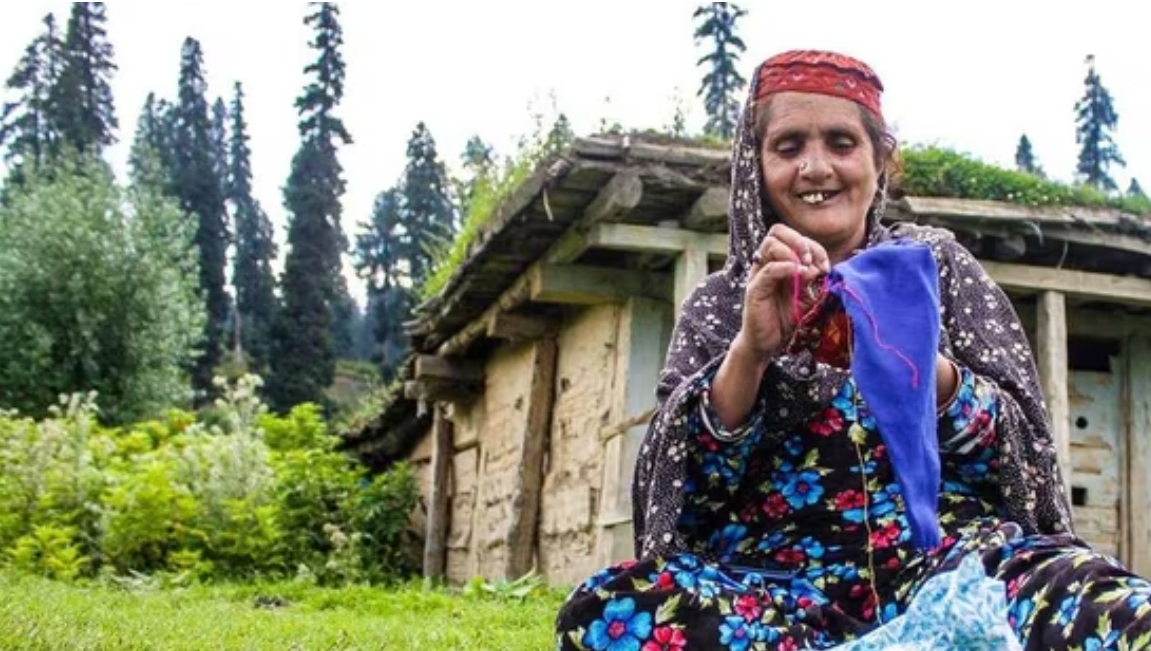
The Gujjar, Bakerwal tribe of Jammu & Kashmir consists of half-herdsmen. They are typically known for leading such pastoral lifestyle along with some rich cultural expressions. The people are famed for their elaborations in embroidery and handicrafts and live in mountainous regions. Since ages, they have been cattle, sheep, and goat herders. With their beautiful embroidered attire, there is an exclusive concept developed with the Topis merged into their clothing. In fact, embroidery preserves the heritage of Gujjar, Bakerwal people in sharing both functionality and cultural expression.
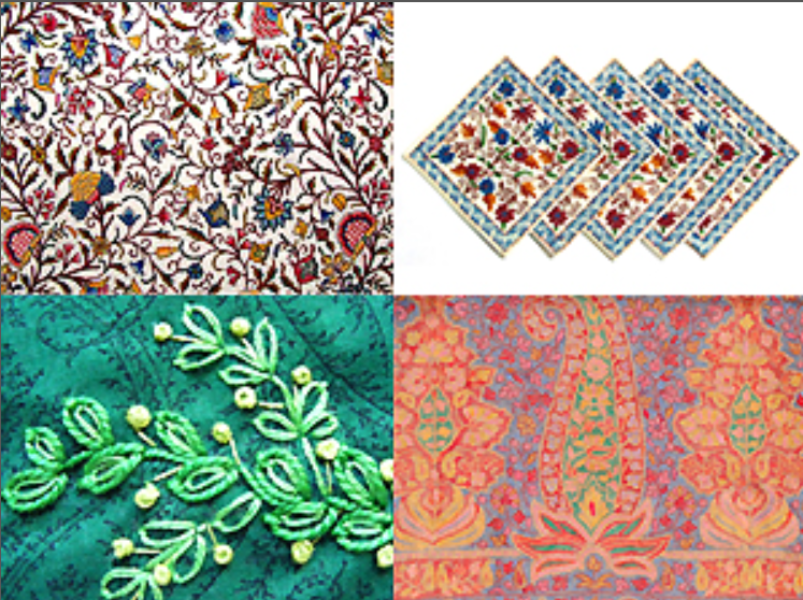
The Topis, or decorated caps, are used with a variety of purposes for the Gujjar, Bakerwal tribe. Initially, they are ceremonial head wear, providing comfort and protection against cold in the hilly colder areas of Jammu & Kashmir. The topis also come into use for ceremonies and assemblies, with colours or patterns differentially used depending upon the ceremony. For men, they signify status and membership in the tribe, so they become a part of everyday and ceremonial wear, which is worn with pride by community members.

For the Gujjar, Bakerwal community, topis are an emblem of cultural identity, unity, and pride, reflecting the rich artistic tradition of the community. The beautiful designs and bold colors reflect the values and histories handed down from generation to generation. Every topi is a reflection of the maker's expertise and the wearer's position within the community, representing the link between craft and tradition. With topi embroidery, the tribe manifests their strength and pride so that their distinct heritage is kept alive and honored across generations.
